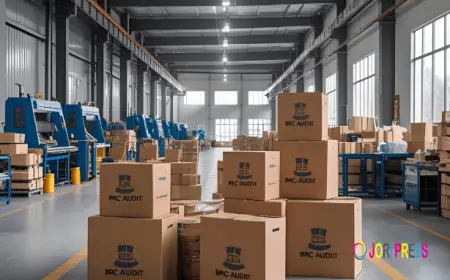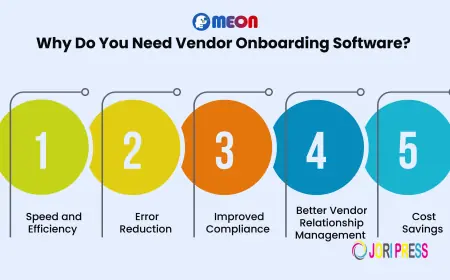Dropshipping in India: A Lucrative Business Model for Entrepreneurs

In recent years, dropshipping has emerged as one of the most popular and accessible business models for aspiring entrepreneurs in India. With the rapid growth of e-commerce and increasing internet penetration, dropshipping offers a low-cost, low-risk opportunity to start an online store without the need for inventory management. If you’re considering venturing into this field, understanding the nuances of dropshipping in India can help you make informed decisions and set a strong foundation for success.
What is Dropshipping in India?
Dropshipping in India is a business model where an online retailer sells products to customers without holding any inventory. Instead, when a customer places an order, the retailer purchases the product from a third-party supplier who ships it directly to the customer. This means that the retailer never physically handles the product, which significantly reduces overhead costs.
Why Choose Dropshipping in India?
India presents a fertile ground for dropshipping businesses due to several factors:
- Growing E-commerce Market: India is witnessing exponential growth in online shopping, with consumers increasingly preferring the convenience of shopping from home.
- Low Startup Costs: Since inventory management and warehousing are not required, entrepreneurs can start a dropshipping business with minimal capital.
- Wide Product Range: Dropshipping allows you to sell a variety of products without worrying about stock management.
- Flexible Location: You can run a dropshipping store from anywhere in India, making it an attractive option for aspiring entrepreneurs across the country.
How to Start Dropshipping in India?
Getting started with dropshipping in India involves several key steps:
- Market Research: Identify trending niches and products that have demand in India. Popular categories include electronics, fashion, health and wellness, and gadgets.
- Choose a Reliable Supplier: Partner with trustworthy suppliers who can deliver quality products on time. Platforms like AliExpress, India-based suppliers, or local manufacturers can be good options.
- Build Your Online Store: Use user-friendly e-commerce platforms like Shopify, WooCommerce, or India-specific platforms to create your store.
- Set Competitive Prices: Price your products competitively while keeping margins in mind. Consider shipping costs, taxes, and platform fees.
- Market Your Store: Use social media marketing, search engine optimization (SEO), and paid advertising to attract customers.
- Handle Customer Service: Provide prompt support and build trust with your customers to encourage repeat business.
Challenges of Dropshipping in India
While dropshipping offers numerous advantages, it also comes with challenges specific to the Indian market:
- Shipping Delays: International shipping can sometimes lead to long delivery times, affecting customer satisfaction.
- Quality Control: Ensuring product quality can be difficult when dealing with multiple suppliers.
- Legal and Tax Regulations: Navigating GST, customs duties, and other legal requirements can be complex for new entrepreneurs.
- High Competition: The low entry barrier means many players are vying for the same customer base, requiring effective marketing strategies.
Tips for Success in Indian Dropshipping Business
To thrive in the Indian dropshipping scene, keep these tips in mind:
- Focus on Niche Markets: Specializing in a niche can help you stand out and attract loyal customers.
- Prioritize Customer Experience: Excellent customer service can set you apart from competitors.
- Leverage Social Media: Platforms like Facebook, Instagram, and TikTok are powerful tools for marketing in India.
- Optimize for Mobile: Since a significant portion of Indian consumers shop via smartphones, ensure your website is mobile-friendly.
- Stay Updated: Keep an eye on market trends, new products, and changes in regulations.
The Future of Dropshipping in India
The future of dropshipping in India looks promising, given the country’s increasing internet literacy, smartphone adoption, and the government’s push toward digital economy initiatives. As logistics infrastructure improves and payment gateways become more secure, more entrepreneurs will find dropshipping an attractive way to start their online business.
Conclusion
Dropshipping in India is an accessible and scalable business model that offers significant opportunities for entrepreneurs willing to navigate its challenges. With strategic planning, reliable suppliers, and targeted marketing, you can build a successful dropshipping store that taps into India’s growing e-commerce market. Whether you’re a beginner or an experienced seller, dropshipping can be a lucrative venture if approached with dedication and a clear understanding of the Indian market dynamics.
What's Your Reaction?
 Like
0
Like
0
 Dislike
0
Dislike
0
 Love
0
Love
0
 Funny
0
Funny
0
 Angry
0
Angry
0
 Sad
0
Sad
0
 Wow
0
Wow
0





















































